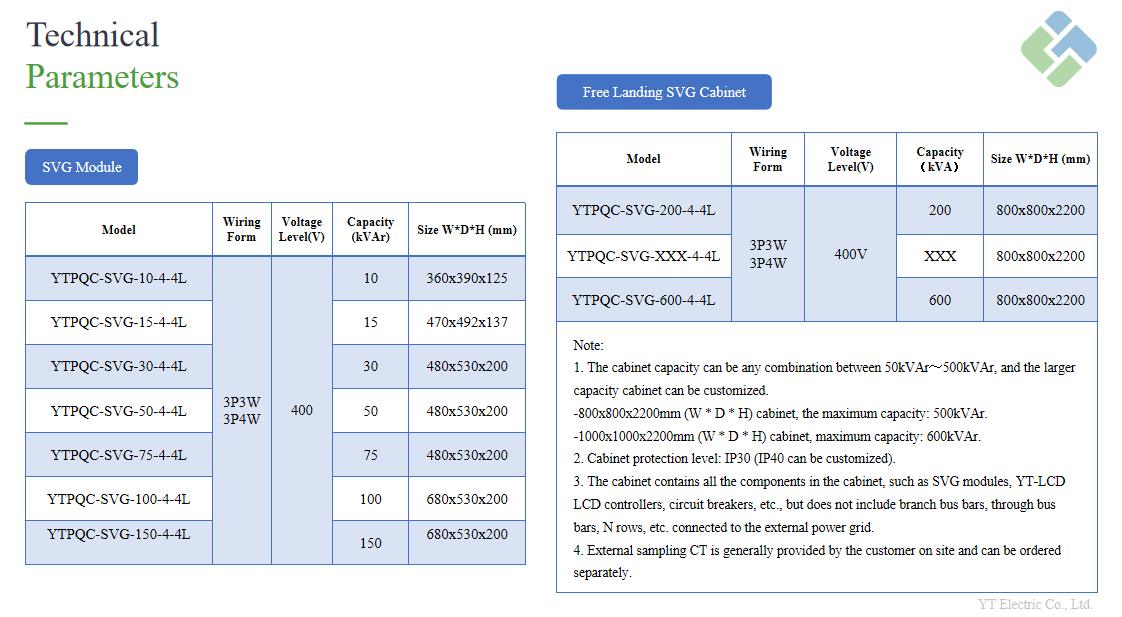
Essential Steps for Sizing Active Harmonic Filters
1. ✅ Conduct Harmonic Analysis:
Begin by performing a thorough harmonic assessment. Identify the specific harmonic frequencies present and measure their individual magnitudes. This analysis provides the essential foundation for designing an effective mitigation solution.
2. ✅ Evaluate Load Characteristics:
Measure key harmonic distortion metrics, specifically Total Harmonic Distortion (THD) or Total Harmonic Current Distortion (THDi). These values represent the harmonic current levels as a percentage of the fundamental current and are critical inputs for determining the required filter size.
3. ✅ Calculate Compensation Requirement:
Determine the necessary harmonic current compensation capacity by multiplying the measured THD/THDi value by the system's rated load current.
4. ✅ Select the Appropriate AHF:
Choose an Active Harmonic Filter (AHF) model based on the calculated compensation requirement. Ensure the selected AHF has:
o A current rating equal to or exceeding the calculated compensation current.
o A voltage rating compatible with your system's nominal voltage.
o Advanced compensation capabilities, including the ability to dynamically mitigate harmonics up to at least the 50th order.
5. ✅ Incorporate a Safety Margin:
It is strongly recommended to include an additional safety margin of 20-25% in the AHF's rated capacity to account for potential future load growth or variations.

Visit our website: https://www.ytelect.com/
Email: pineapple@yt-electric.com
Subscribe to us to enjoy event prices and get some of the best prices.
 IPv6 network supported
IPv6 network supported

